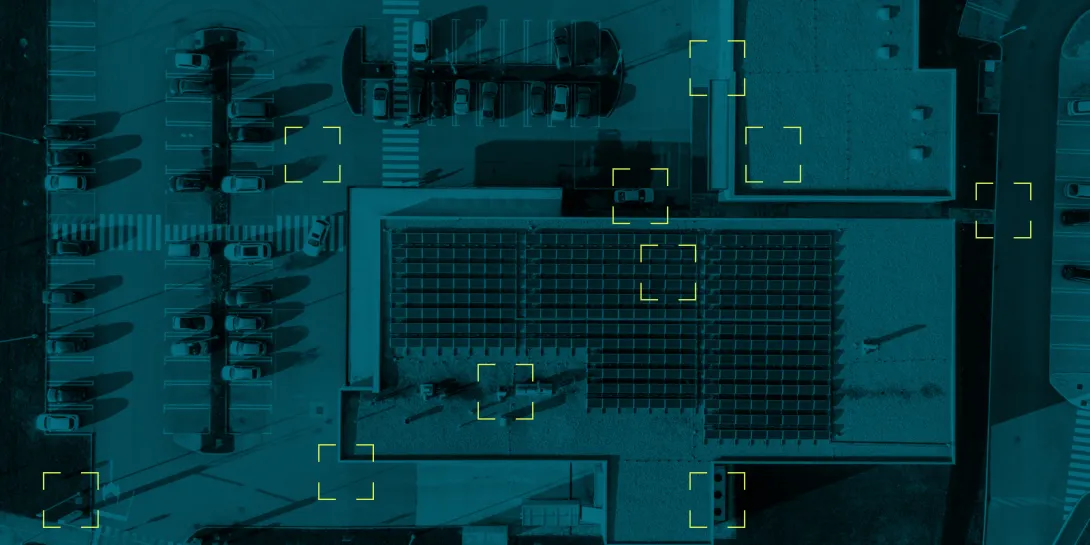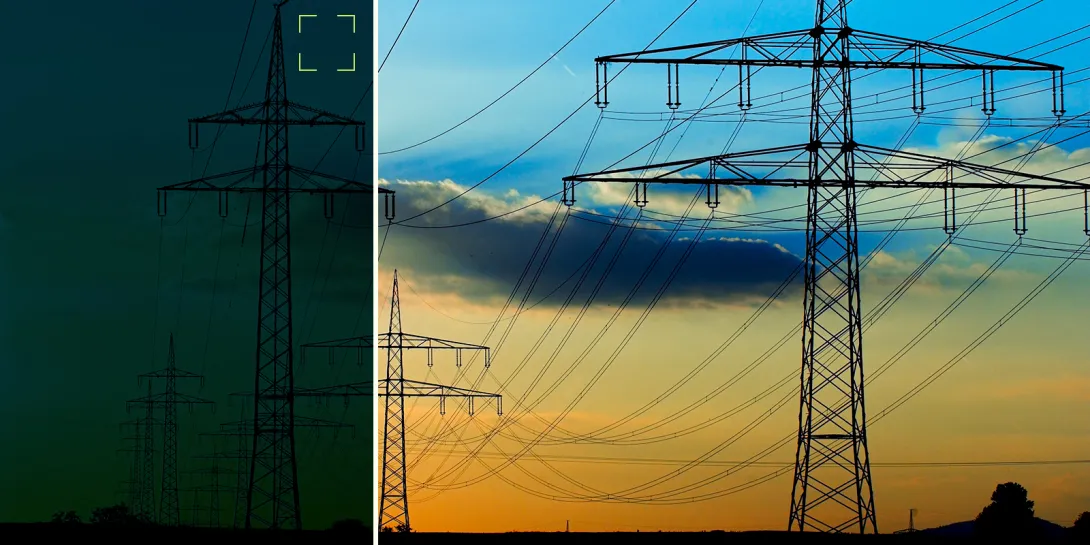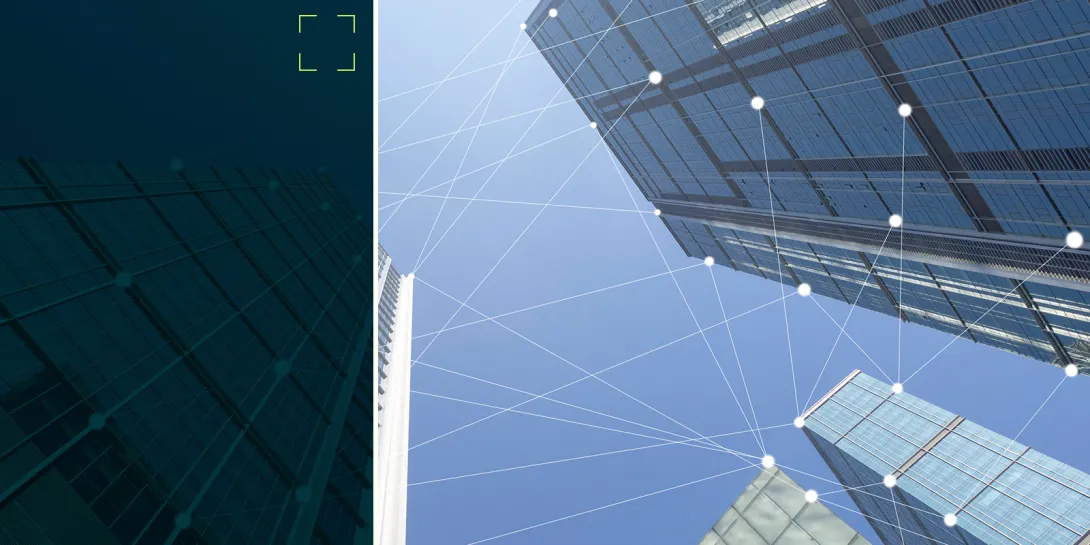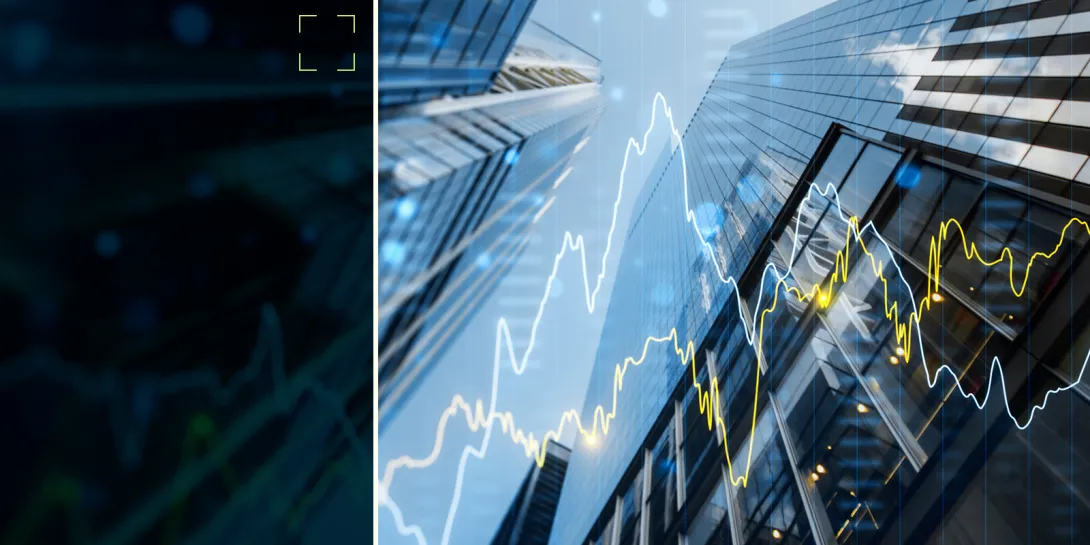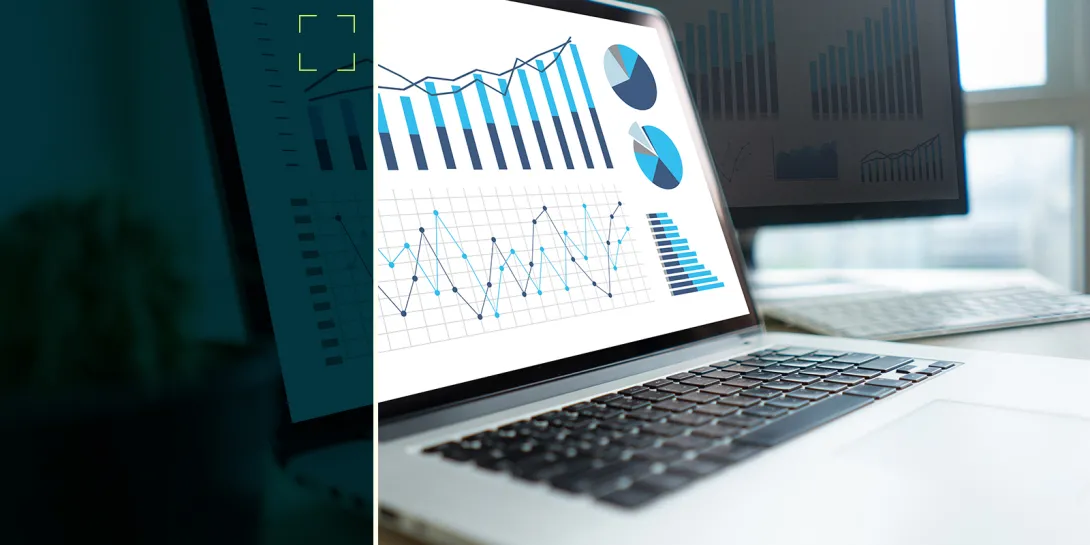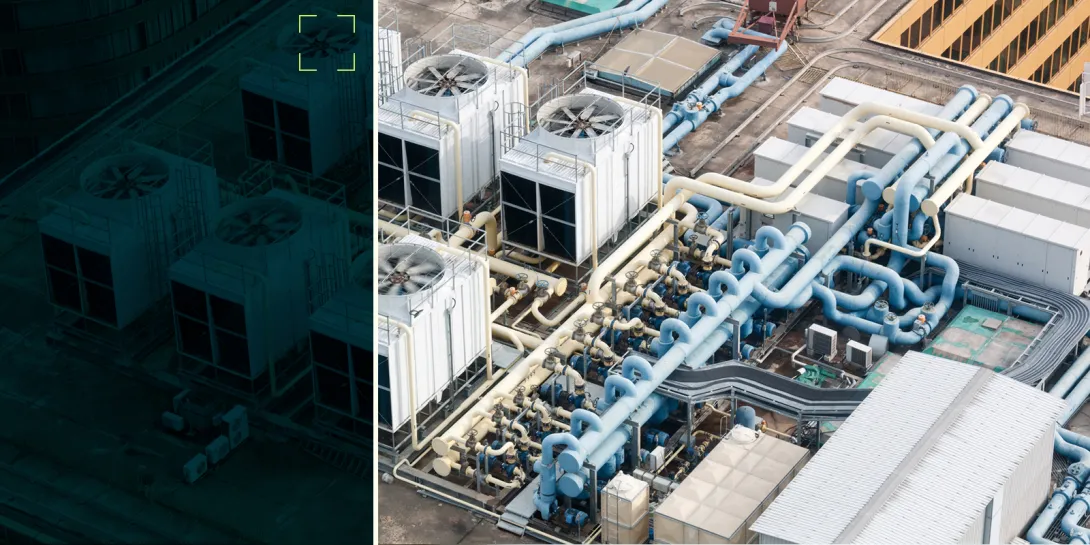Complimentary Energy Analysis
Contact us to schedule your no-cost facility performance and energy analysis. Our team will evaluate your lighting and identify savings opportunities.
A lighting retrofit is usually one of the most cost-effective ways for clients to reduce energy use. The improvements in LED fixture technology combined with advanced controls now allow for even more savings, with the added benefits of scheduling and knowledge of energy use similar to other building systems.
Our lighting team has installed projects all over the US in all types of industries, from single fixture retrofits to complex systems with controls integrations.
LED lighting has become increasingly cost-effective over time and is one of the fastest ways for facilities to start decreasing energy use and associated costs. In addition, many professionally engineered projects can qualify for significant utility incentives to offset cost.
In addition, lighting can be one of the first steps in a sustainability strategy - something done with little disruption that can immediately start decreasing energy use.

LED lighting reduces energy consumption, lowering utility bills.
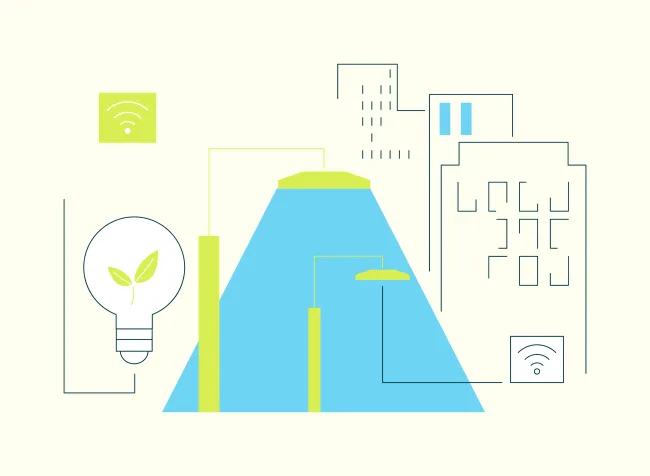
Enhanced lighting quality improves safety and productivity.
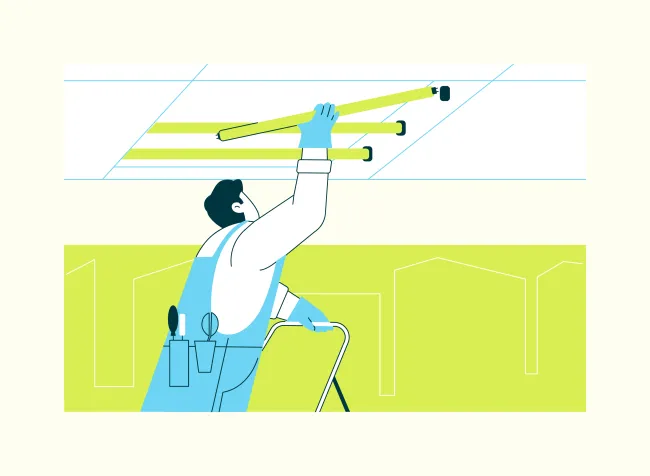
LED fixtures have a longer lifespan, reducing the need for frequent replacements.

Many projects qualify for utility incentives, offsetting initial costs.
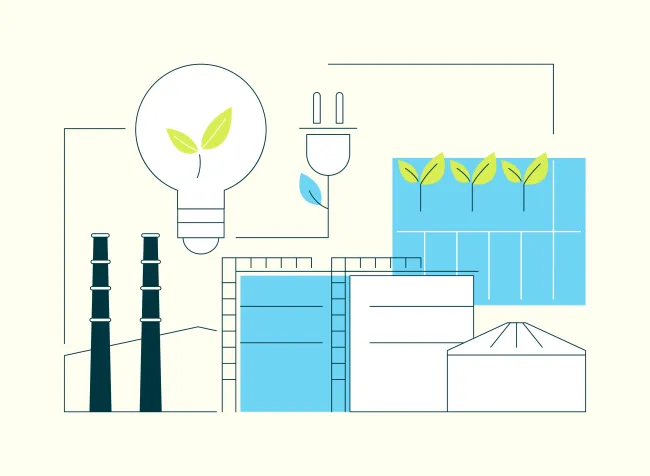
LED lighting is a key component of a broader sustainability strategy, reducing carbon footprint.
Programmable Systems: They use programmable lighting control systems that allow users to manage light output, monitor energy efficiency, and enable equipment location tracking. These systems can be categorized into different tiers, with increasing abilities and benefits.
Scheduling: Advanced controls allow for scheduling during specific hours, which helps in reducing energy consumption when the lighting is not needed.
Photoelectric Sensors: These sensors are integrated to dim down fixtures when natural light is present via windows or skylights, further reducing energy use.
Motion Sensors: The ability to turn fixtures off if the room is sensed to be unoccupied via motion sensors is another feature of their advanced controls.
Dimming Capabilities: One of the most powerful attributes of integrated LED lighting technology is the ability to individually dim fixtures to pre-determined light levels, which allows for additional savings and extends the life of the fixtures.
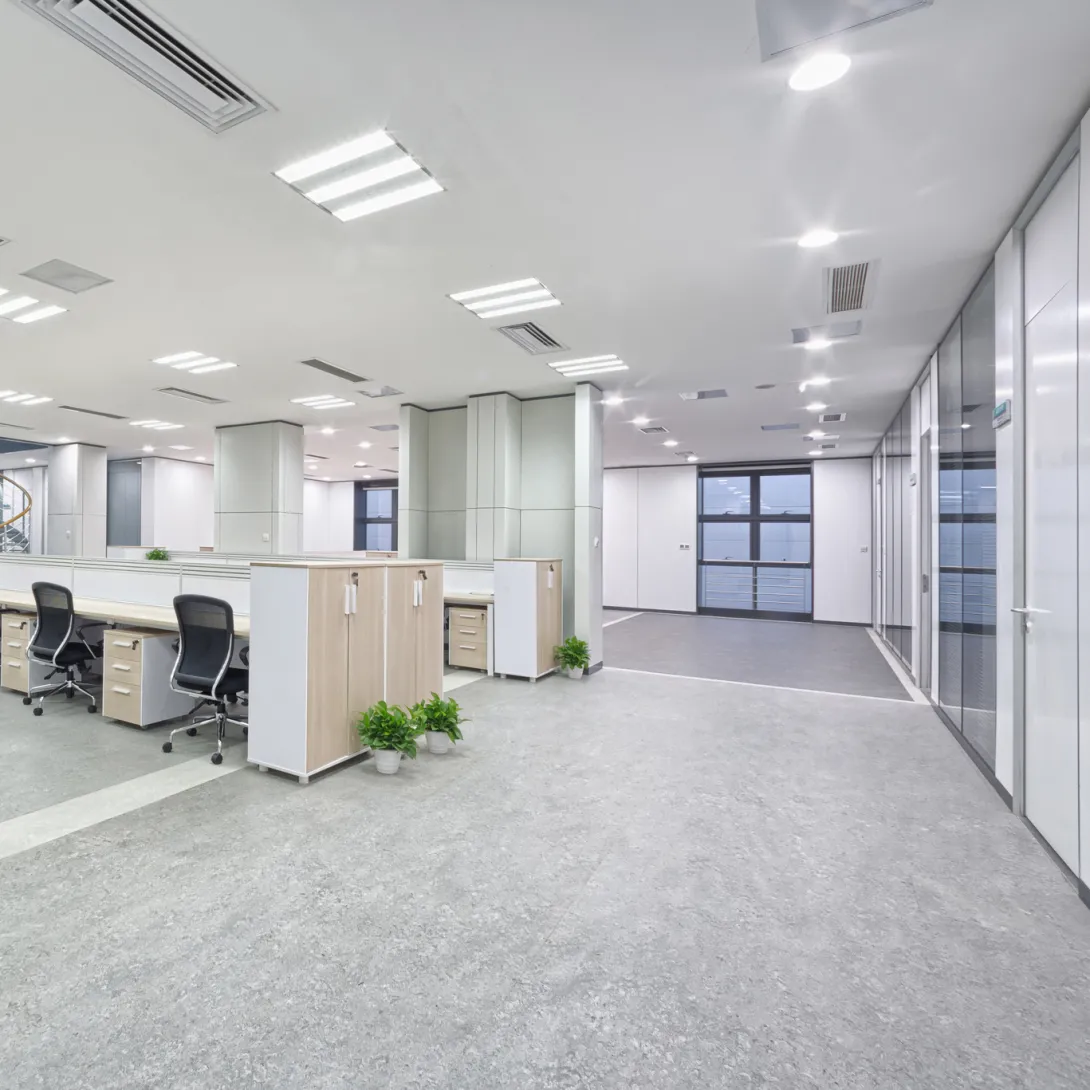
Upgrading to LED lighting in commercial office buildings can significantly reduce energy consumption and maintenance costs. LED lights have a longer lifespan and require less frequent replacements, which is particularly beneficial for large office spaces that operate for extended hours. Additionally, improved lighting quality can enhance employee productivity and create a more comfortable working environment.
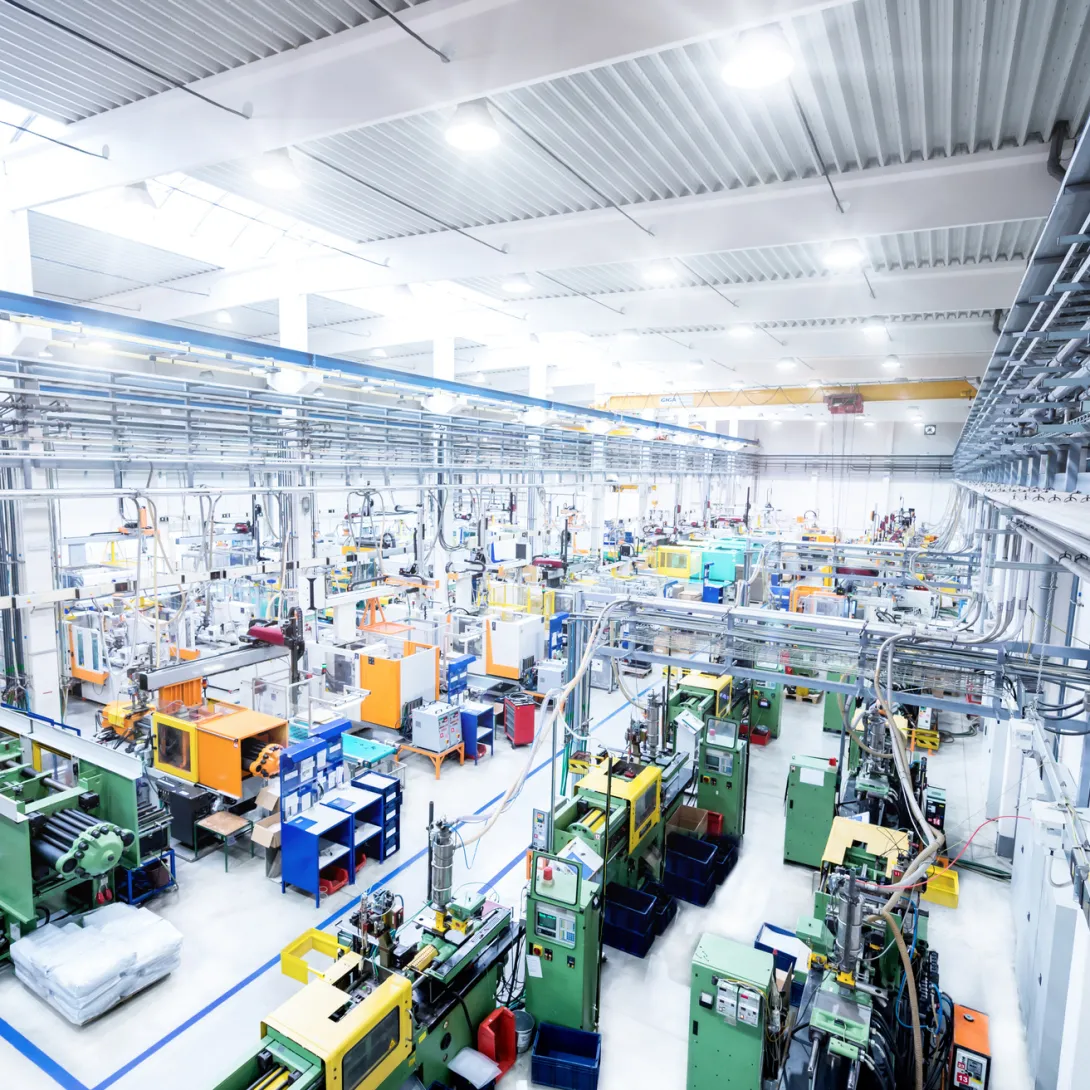
Industrial facilities, such as manufacturing plants and warehouses, can benefit from LED lighting upgrades by improving visibility and safety. LED lights provide brighter and more uniform illumination, which is crucial for tasks that require precision and attention to detail. Moreover, LED lighting can withstand harsh industrial environments and reduce the risk of accidents caused by poor lighting.
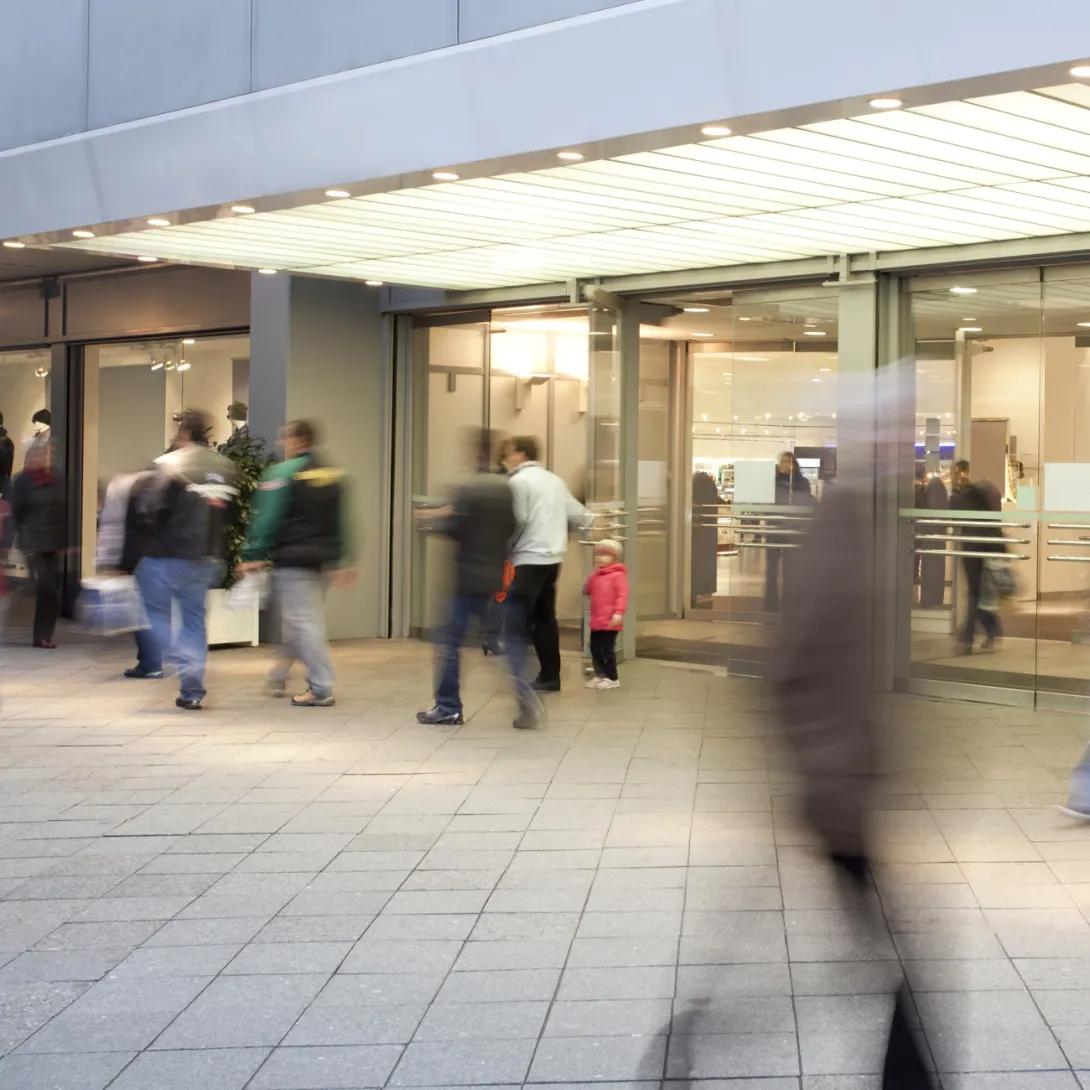
Retail stores can use LED lighting to create an inviting and visually appealing shopping experience. LED lights can be customized to highlight products and create different atmospheres within the store. This not only enhances the aesthetic appeal but also helps in attracting and retaining customers. The energy savings from LED lighting can also contribute to the store's overall profitability.
Contact us to schedule your no-cost facility performance and energy analysis. Our team will evaluate your lighting and identify savings opportunities.
